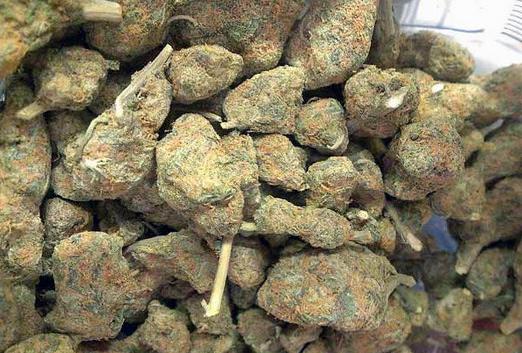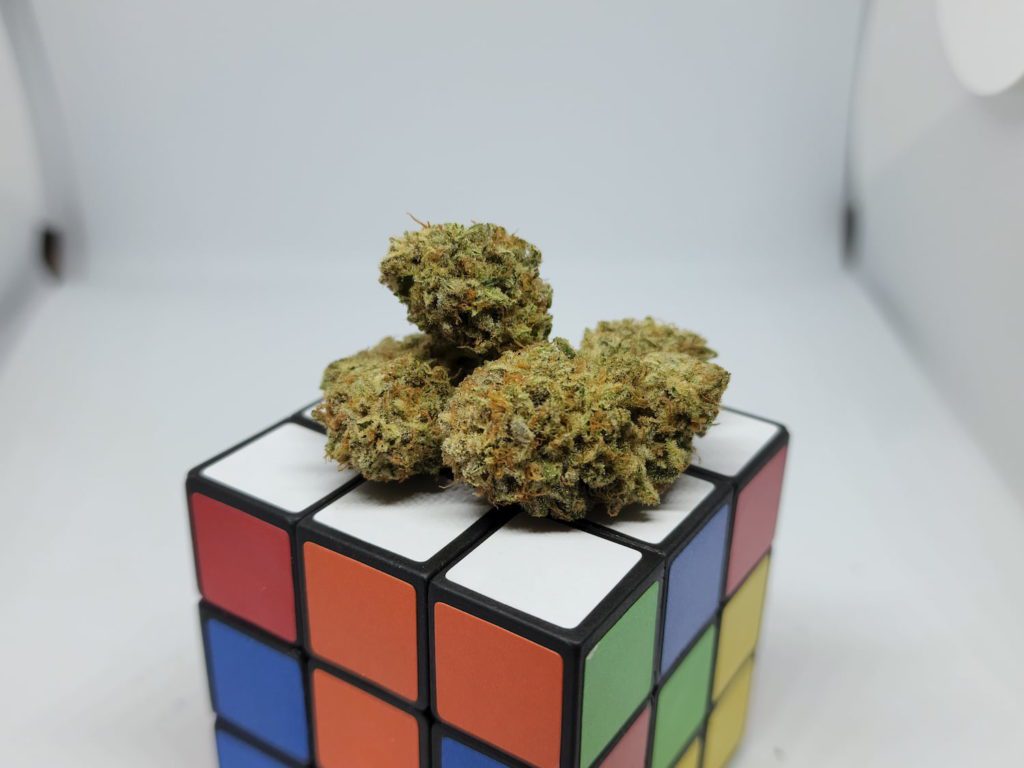While you may think people in the industry of Cannabis would not use harmful ingredients in their products, that isn’t actually true.
It’s important to know that we understand that the last thing anyone wants in their weed is synthetic hormones. So, it might be in your best interest not to use PGR grown weed at all.
It’s important for your health and well-being that we talk about PGR weed, which is short for Plant Growth Regulator grown Weed, and how to recognize it when you see it.
What Is PGR Cannabis?
As we noted above, “PGR” stands for “Planting Growth Regulators”.
Plant Growth Regulators (PGRs) control plant growth, from the bud stage to the flowering stage. They also influence root development.
This is why marijuana growers use plant growth regulators (PGRs) to grow their cannabis plants. PGRs usually result in larger plants, they also increase the price. However, PGR grown cannabis has not been shown to be any stronger than normal weed.
While PGR grown cannabis can look attractive, they don’t necessarily contain high levels of cannabinoids. As a result, even if you smoke a large and thick joint, you may not get the desired results.
PGR Cannabis

Organic Cannabis

Chemicals Found In PGR Weed
There are three main types of chemical compounds that plants use to grow larger flowers and buds. These include hormones, auxins, and cytokinins.
Paclobutazol: This chemical inhibits the natural hormone gibberellin. It helps to reduce internodals and create straighter plants that fruit sooner. However, it has been shown to cause reproductive and developmental problems in animals.
Daminozide: (also called Alar) slows down leaf and stem development, but it also reduces the number of trichomes. It’s an effective chemical for increasing yield, but it also limits the amount of cannabinoids produced in the plants. Despite its effectiveness, the Pesticide Property Database, published by the University at Hertfordshire, lists daminozide as a probable human cancer agent.
Chlormequat Chloride: Exposure to this small and simple compound can help boost yields in crops, but may cause irritation to the lung and nausea in the short term. It can also damage the liver over time.
You can tell if a plant was grown using genetic engineering by looking at the buds.
To determine whether a cannabis plant has been grown with plant growth regulators, look for these signs:
- Buds will be extremely hard, almost like rock-hard.
- Your red and brown hairs appear in greater numbers than usual.
- The buds may also be moist, wet, or spongy.
- The abundant number of tiny bristles make up for the lack in crystal size (look at them under a microscope).
- Low THC content
- Chemical taste
- If the buds don’t give off any odor when ground up
If after smoking, you feel extremely lethargic, unmotivated, and have a lingering headache, then quit immediately.
Is PGR Weed Harmful?
As mentioned above, marijuana (weed) can be very harmful to one’ s health. However, there aren’t any studies on the topic. It all comes down to common-sense.
While we’re not saying that these substances are bad for you, they may be harmful if used too much. They could also be hazardous to your health if you inhale them for an extended period of time. Some people believe that these chemicals are carcinogenic, meaning that they can potentially lead to cancer. Others think that they might be dangerous to your health.
Here’s a list of potential short-and long-terms consequences of using marijuana for medical purposes:
- Headaches
- Nausea
- Skin/eye irritation
- Lethargy
- Decreased fertility
- Organ damage
- Cancer
Don’t Panic, it’s Organic
If you are looking for organic cannabis in Bangkok at a great price, then check out our shop at Smoking Skunk.
